How to Convert Rotational Motion to Linear Motion
In modern mechanical systems, converting between rotational motion and linear motion is fundamental to countless devices — from automotive engines to CNC machines and robotics. Understanding how to convert rotational motion to linear motion (and vice versa) is crucial in designing systems that optimize movement, efficiency, and mechanical output.
This article explores the common mechanisms used to achieve this conversion, how they work, and which ones are best for specific applications.
What Is Rotational and Linear Motion?
Before diving into conversion techniques, let's define the terms:
Rotational motion refers to movement around a fixed axis, typically produced by motors, gears, or wheels.
Linear motion refers to movement in a straight line, either back and forth (reciprocating) or in one direction (unidirectional).
These two motion types are often converted into each other using specific mechanisms.
How to Convert Rotational Motion to Linear Motion
Lead Screw / Ball Screw Mechanism
One of the most common ways to convert rotation into linear movement is through a lead screw or ball screw system. These are frequently used in CNC machines, 3D printers, and linear actuators.
How it works:
A motor rotates the screw.
A nut attached to the screw translates this rotation into linear motion along the screw’s axis.
Advantages:
High precision and control
Efficient in load handling
Rack and Pinion System
The rack and pinion mechanism is another effective method.
How it works:
A circular gear (pinion) rotates.
It meshes with a linear gear (rack).
The rotation of the pinion moves the rack in a straight line.
Applications:
Steering systems in vehicles
Automation systems requiring compact, robust linear motion
Cam Mechanism
Cam followers transform rotational motion into reciprocating linear motion.
How it works:
A cam rotates with a specially shaped profile.
A follower moves up and down as it rides along the cam surface.
Used in:
Internal combustion engines (valve timing)
Printing machinery
Crank and Slider Mechanism
Commonly found in piston engines, this method converts rotary motion into reciprocating motion.
How it works:
A crank rotates, connected to a connecting rod and slider.
As the crank turns, it pushes and pulls the slider linearly.
Linear Motors with Encoder
Some systems use linear motors directly, especially when high-speed precision linear movement is needed. These motors are often paired with linear encoders for feedback.
Applications:
Semiconductor manufacturing
High-end automation systems
How to Convert Linear Motion into Rotational Motion
While this article primarily focuses on converting rotation to linear motion, it''s just as important to understand the reverse.
Rack and Pinion (In Reverse)
Linear motion of the rack drives the rotation of the pinion.
This principle is used in regenerative systems and manual actuators.
Slider-Crank Mechanism (In Reverse)
Linear motion of the slider causes the crank to rotate.
Often used in manual engines, pumps, and presses.
Pulley and Cable Systems
Linear movement of a belt or cable wrapped around a rotating drum causes it to spin.
Used in elevators, retractable mechanisms, and winches.
Factors to Consider When Converting Motions
Efficiency
Lead screws may lose energy to friction.
Ball screws offer better efficiency but cost more.
Precision
Ball screws and linear encoders provide high-resolution control.
Rack-and-pinion systems are more rugged but less precise.
Load Capacity
Ball screws and linear actuators handle high loads.
Cam and crank systems are better for repetitive, cyclic loading.
Cost & Complexity
Simpler systems like cams and crankshafts are more affordable.
Linear motors with encoders are expensive but high performance.
FAQs
What is the most efficient way to convert rotation into linear motion?
The ball screw system is often considered the most efficient method, especially when paired with a servo motor and encoder for closed-loop control.
What systems use linear to rotational conversion?
Piston pumps
Hydraulic actuators
Manual crank systems
Is there a universal solution?
No, there isn't a one-size-fits-all approach. The ideal method for converting rotational motion to linear motion, depends heavily on several specific factors related to the intended application.
Application-Specific Requirements
Each use case comes with its own mechanical or environmental demands. For instance:
A CNC machine might require high-precision ball screws.
An industrial actuator in heavy machinery may benefit from rack-and-pinion systems for rugged reliability.
Compact robotics may opt for cam-based or scotch yoke systems for space efficiency.
Precision Needs
If accuracy and repeatability are top priorities, such as in semiconductor or medical device manufacturing, you may need:
Ball screws or lead screws for micrometer-level control.
Linear encoders for feedback-enhanced positioning.
For less demanding applications, like material handling, simpler solutions such as rack and pinion or belt drives may suffice.
Space Constraints
The available installation footprint significantly influences the conversion method:
Scotch yoke mechanisms and cams are ideal for ultra-compact applications.
Belt or chain drives require longer layouts but offer design flexibility.
Vertical vs. horizontal orientation can also impact the choice of linear actuator with encoder or sealed linear encoder systems.
Load Capacity
Heavy-duty applications like automotive assembly lines or press machines need robust solutions, such as:
Rack and pinion systems or hydraulic actuators with high torque capacity.
Heavy duty linear slides combined with magnetic encoder linear feedback.
Meanwhile, light-load applications can rely on compact linear slides or magnetic linear encoders.
Cost Considerations
Budget often narrows the field. While high-resolution systems such as optical linear encoders provide exceptional performance, they come at a premium. More economical choices include:
Magnetic linear encoder systems (less accurate but robust).
Incremental linear encoder setups for general-purpose applications.
DIY linear encoder strip integrations for makers or prototyping.
Common Applications of Rotation-to-Linear Conversion
| Application | Conversion Method | Notes |
|---|---|---|
| CNC Machines | Ball Screw | High precision |
| Car Steering | Rack and Pinion | Smooth directional control |
| Printers | Lead Screw / Belt | Cost-effective motion |
| Industrial Robots | Linear Motors + Encoder | Fast & accurate |
| Press Machines | Crank-Slider | Repetitive motion |
Conclusion
Understanding how to convert rotational motion into linear motion — and the reverse — is essential for designing efficient mechanical systems. Whether you're building an automated linear stage, a robotic arm, or a simple mechanical press, selecting the right conversion method ensures efficiency, precision, and reliability.
This topic also overlaps with linear encoder technologies, which provide feedback and control in many of these systems. Want to dive deeper? Check out our article on How Linear Encoders Work for enhanced system feedback and motion control.

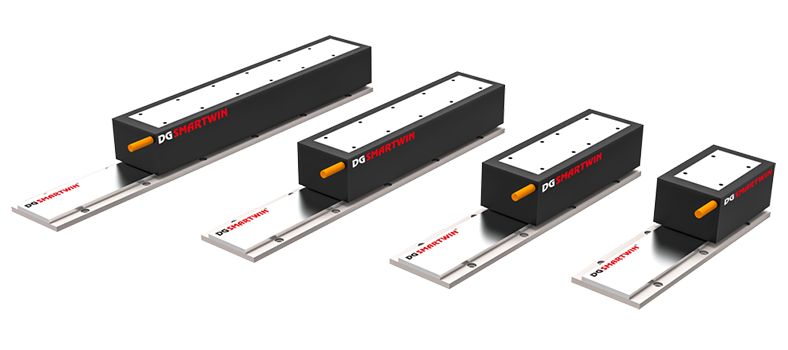

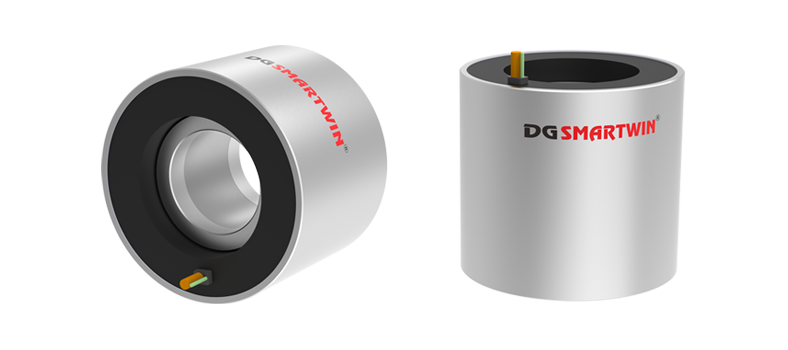
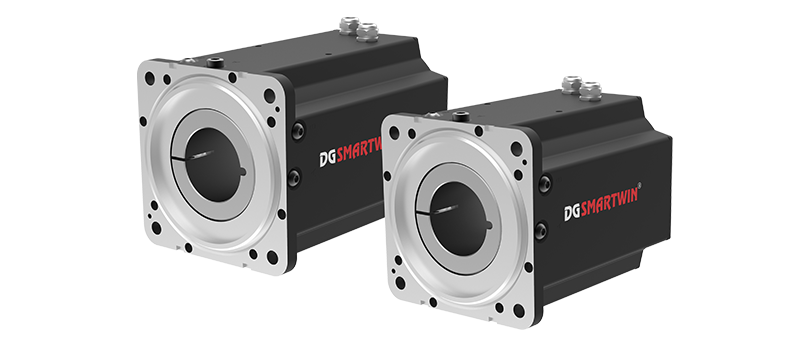

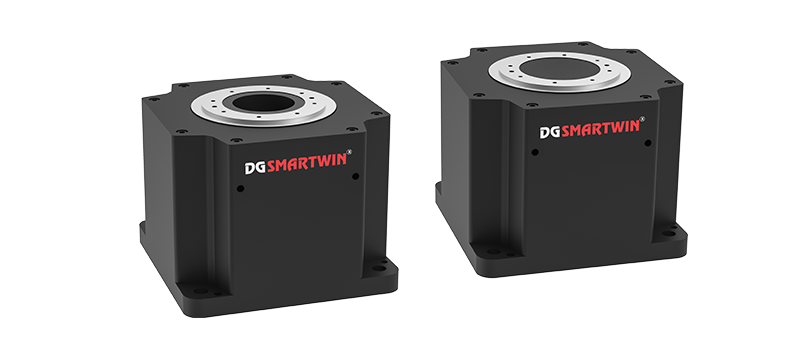
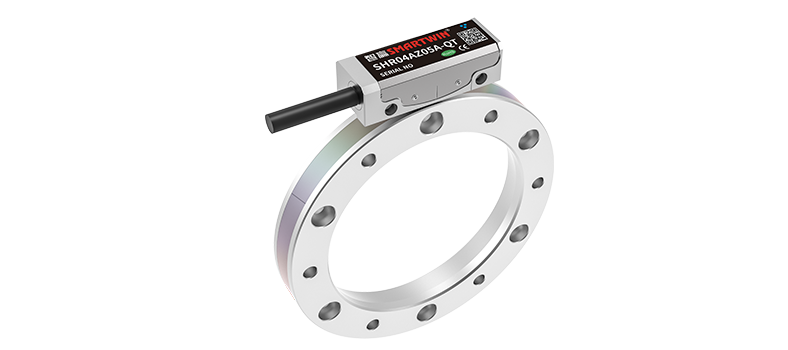
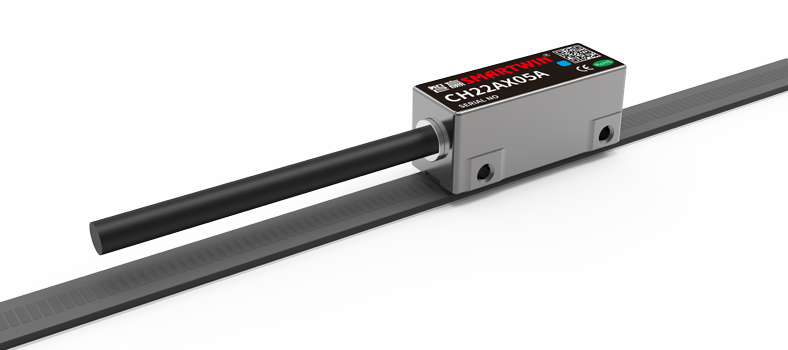








 En
En


